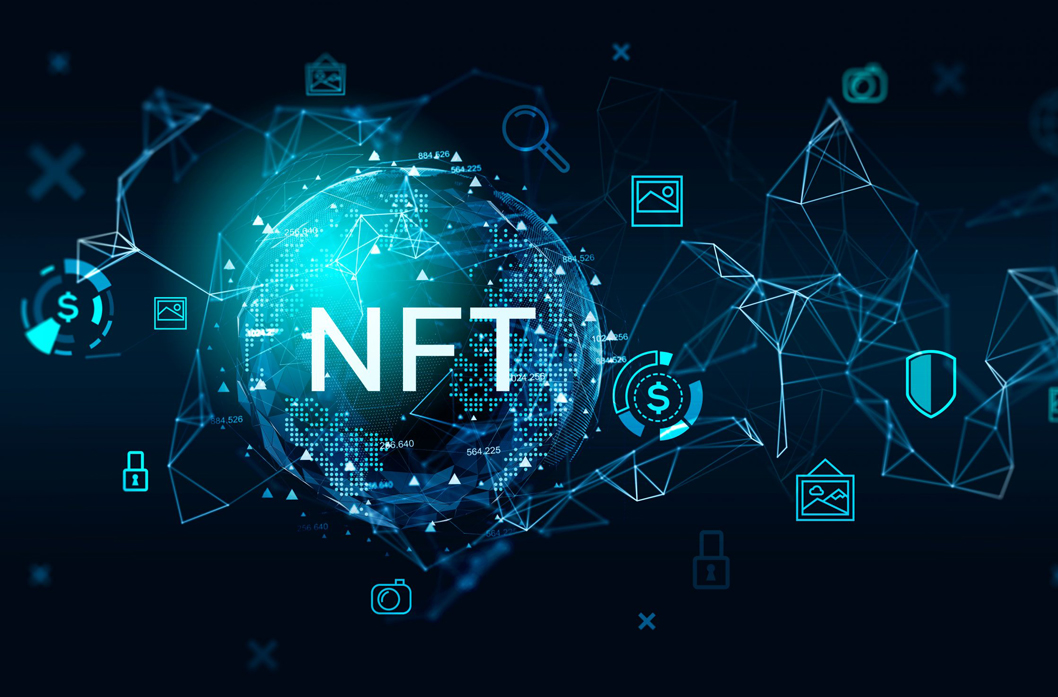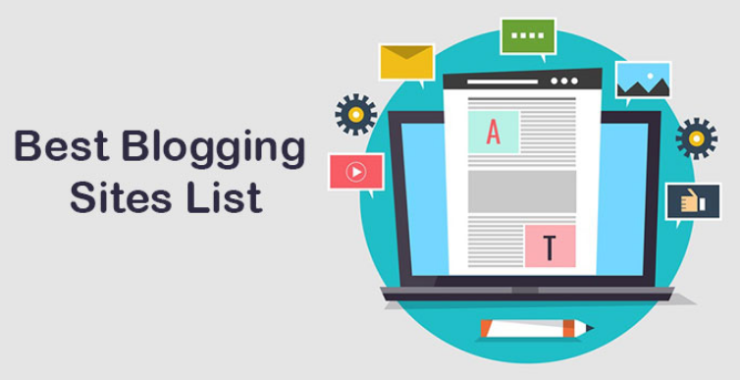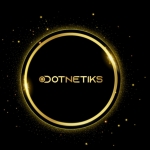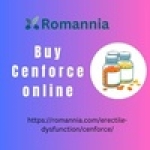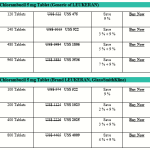Create Your Own NFT Marketplace From Scratch
With the rise of cryptocurrencies and blockchain technology, Non-Fungible Tokens (NFTs) have become increasingly popular in recent years. NFTs are unique digital assets that can represent anything from digital art, music, or even virtual real estate. While many people associate NFTs with the art world, they have numerous applications and can represent anything that is digital.
In this blog post, we will explore the steps required to create your own NFT marketplace from scratch. This process involves building a decentralized application (dApp) on the Ethereum blockchain, which is where most NFT transactions take place.
Step 1: Decide on the Type of Marketplace You Want to Build:
The first step in building an NFT marketplace is to decide on the type of marketplace you want to create. There are two main types of NFT Marketplace Development
An Open NFT marketplace allows anyone to buy and sell NFTs on the platform, whereas a Curated NFT marketplace is more exclusive, with the platform owner handpicking the NFTs that are listed for sale.
If you decide to create an Open NFT marketplace, it is important to have strong guidelines and policies in place to ensure that the platform is not used for illegal activities such as money laundering or selling stolen digital assets.
Step 2: Choose a Blockchain Network:
The next step is to choose a blockchain network to build your NFT marketplace on. The most popular blockchain network for NFT transactions is the Ethereum blockchain, due to its smart contract capabilities and wide adoption in the cryptocurrency community.
Other blockchain networks such as Binance Smart Chain and Solana are also gaining popularity for NFT transactions, but Ethereum remains the most widely used blockchain for NFTs.
Step 3: Develop Smart Contracts:
Smart contracts are self-executing programs that are stored on the blockchain and automatically execute when specific conditions are met. In the case of an NFT marketplace, smart contracts are used to represent the NFTs, track ownership, and facilitate transactions.
To develop your NFT marketplace, you will need to write smart contracts using a programming language called Solidity. Solidity is a language specifically designed for writing smart contracts on the Ethereum blockchain.
Some of the key smart contracts you will need to develop for your NFT marketplace include:
NFT Contract: This contract represents the NFT itself and includes metadata such as the name, description, and image of the NFT.
Marketplace Contract: This contract manages the buying and selling of NFTs on the platform, including the listing of NFTs for sale and the transfer of ownership.
Auction Contract: If you plan to implement auctions on your NFT marketplace, you will need to develop an auction contract that manages the bidding process and transfers ownership to the highest bidder.
Step 4: Design the User Interface:
Once you have developed your smart contracts, the next step is to design the user interface for your NFT marketplace. The user interface is what users will interact with to buy and sell NFTs on your platform, so it is important to design a user-friendly and intuitive interface.
There are a variety of tools available for designing user interfaces, including Figma, Sketch, and Adobe XD. When designing your user interface, it is important to consider factors such as ease of use, visual appeal, and accessibility for all users.
Step 5: Deploy the Marketplace:
The final step in creating your NFT marketplace is to deploy it on the blockchain. To deploy your marketplace, you will need to use a blockchain development platform such as Truffle or Remix.
These platforms provide tools for compiling and deploying smart contracts, as well as testing and debugging your code before deploying it to the blockchain. Once your smart contracts are deployed, you can deploy your user interface to the web using a hosting service such as IPFS or Amazon Web Services (AWS).
Once your marketplace is deployed, you can start marketing your platform and inviting users to buy and sell NFTs on your marketplace.
Conclusion:
Creating your own NFT marketplace can be a challenging and time-consuming process, but it can also be a rewarding and lucrative venture. With the popularity of NFTs continuing to grow, there is a significant demand for new and innovative marketplaces that can cater to a wide range of users.
By following the steps outlined in this blog post, you can create your own NFT marketplace from scratch and enter the exciting world of blockchain and cryptocurrency. With a little bit of hard work and dedication, you can create a platform that allows users to buy and sell unique and valuable digital assets in a safe and secure environment.

